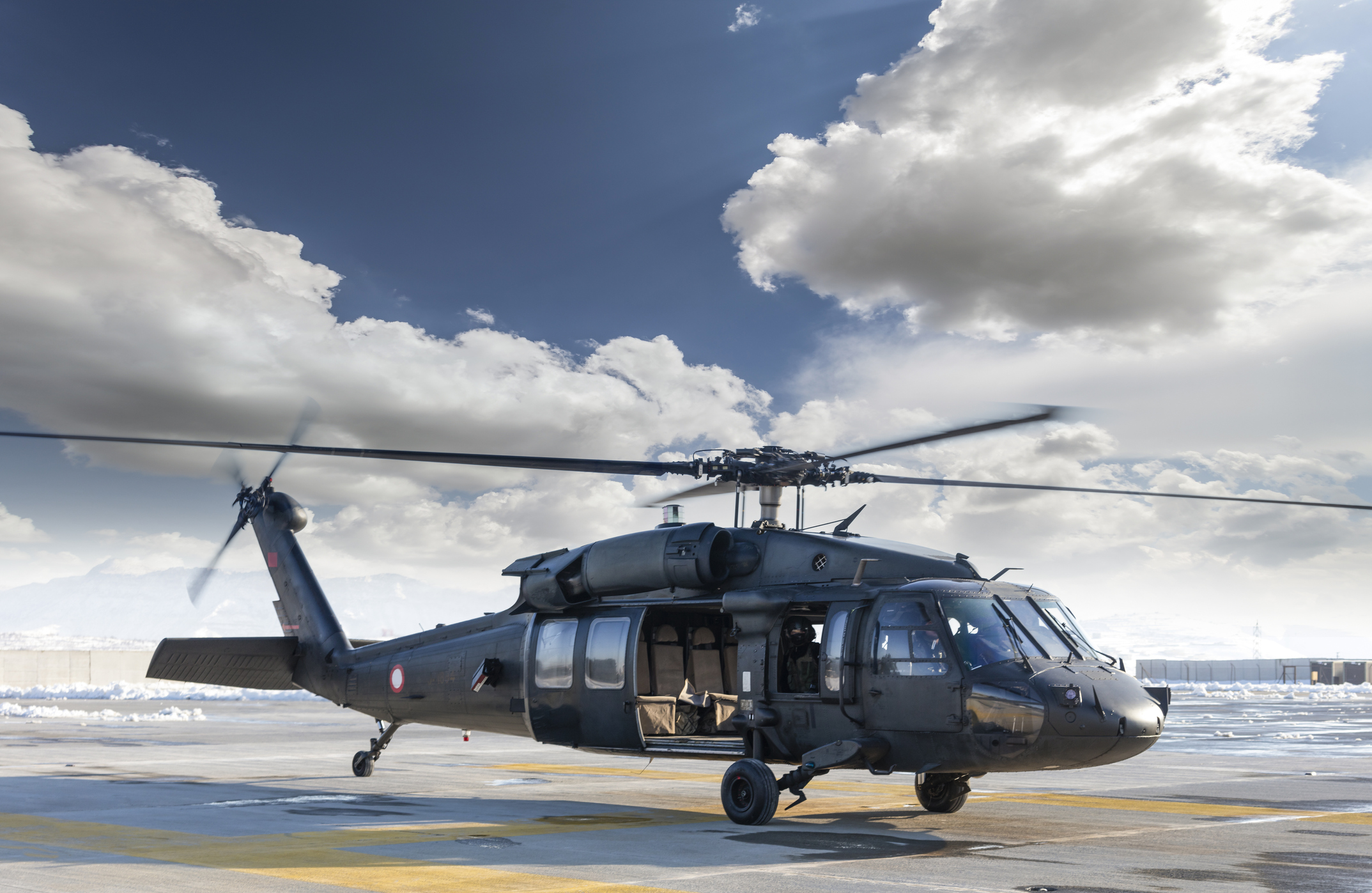The UH-60 Black Hawk has long been a cornerstone of military aviation, renowned for its versatility, durability, and advanced technology. Recent developments in autonomous flight technology have further enhanced the capabilities of this iconic helicopter, making it even more effective in logistics and rescue missions.
The Journey to Autonomy
Early Innovations
The journey towards autonomous Black Hawk operations began with incremental advancements in avionics and flight control systems. Early enhancements focused on improving pilot assistance, such as autopilot systems that could handle basic flight maneuvers and stability controls.
Integrating Advanced Sensors
A significant leap in autonomy came with the integration of advanced sensors and navigation systems. These innovations allowed the Black Hawk to operate in various environments with minimal pilot input, enhancing its ability to perform complex missions under challenging conditions.
DARPA and Autonomous Missions
A groundbreaking milestone was achieved through collaboration with DARPA. The UH-60 Black Hawk has been equipped with cutting-edge autonomy kits, enabling it to conduct logistics and rescue missions without pilots onboard. These advancements are not only a testament to technological progress but also a crucial step in reducing risk to human life during dangerous operations?(Media – Lockheed Martin)?.
Applications in Logistics and Rescue Missions
Autonomous Logistics
One of the most impactful applications of Black Hawk autonomy is in logistics. Autonomous Black Hawks can transport supplies, equipment, and personnel to remote or hazardous locations without the need for onboard pilots. This capability significantly reduces the risk to human operators and ensures timely delivery of critical resources.
Question: How does autonomous technology improve logistics operations for the Black Hawk?
Answer: Autonomous technology allows the Black Hawk to navigate and deliver supplies to remote or hazardous areas without pilots, enhancing efficiency and safety in logistics operations.
Rescue Missions
In rescue missions, time and precision are crucial. Autonomous Black Hawks can quickly deploy to disaster zones, locate survivors using advanced sensors, and perform extraction operations without risking pilot lives. This technology enhances the helicopter’s ability to save lives in scenarios where human pilots might be exposed to significant danger.
Question: What are the benefits of using autonomous Black Hawks in rescue missions?
Answer: Autonomous Black Hawks can rapidly respond to emergencies, locate survivors with advanced sensors, and perform rescues without endangering pilots, improving mission success rates.
Future Prospects
The future of autonomous Black Hawk operations looks promising, with ongoing research and development aimed at further enhancing their capabilities. Potential advancements include fully autonomous multi-helicopter coordination for complex missions and integration with other autonomous systems for comprehensive battlefield management.
Question: What future advancements can we expect in Black Hawk autonomy?
Answer: Future advancements may include multi-helicopter coordination, enhanced integration with other autonomous systems, and improved battlefield management capabilities, further expanding the Black Hawk’s operational effectiveness.
Partner with Rotair Aerospace for Your Black Hawk Needs
As autonomous flight technology continues to improve, the UH-60 Black Hawk is set to revolutionize logistics and rescue missions. If you need support with UH-60 helicopters, Rotair Aerospace is your trusted partner. Contact us for products or maintenance assistance at 203-576-6545 or webinquiries@rotair.com.

